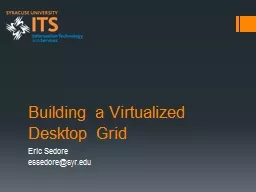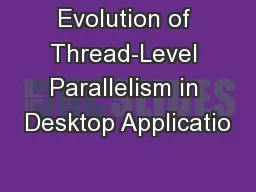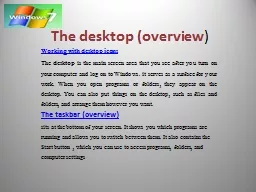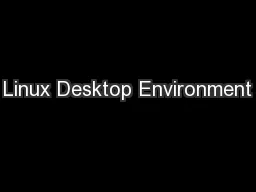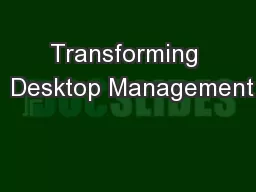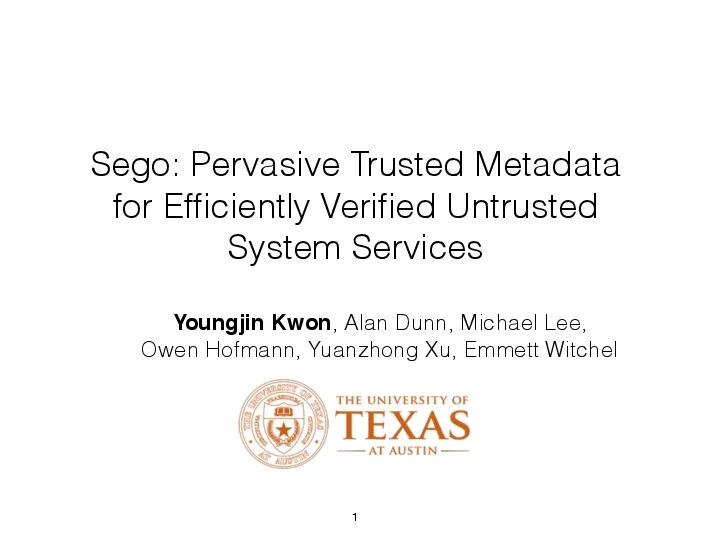PPT-Building a Virtualized Desktop Grid
Author : sherrill-nordquist | Published Date : 2018-02-28
Eric Sedore essedoresyredu Why create a desktop grid One prong of an three pronged strategy to enhance research infrastructure on campus physical hosting HTC grid
Presentation Embed Code
Download Presentation
Download Presentation The PPT/PDF document "Building a Virtualized Desktop Grid" is the property of its rightful owner. Permission is granted to download and print the materials on this website for personal, non-commercial use only, and to display it on your personal computer provided you do not modify the materials and that you retain all copyright notices contained in the materials. By downloading content from our website, you accept the terms of this agreement.
Building a Virtualized Desktop Grid: Transcript
Download Rules Of Document
"Building a Virtualized Desktop Grid"The content belongs to its owner. You may download and print it for personal use, without modification, and keep all copyright notices. By downloading, you agree to these terms.
Related Documents

